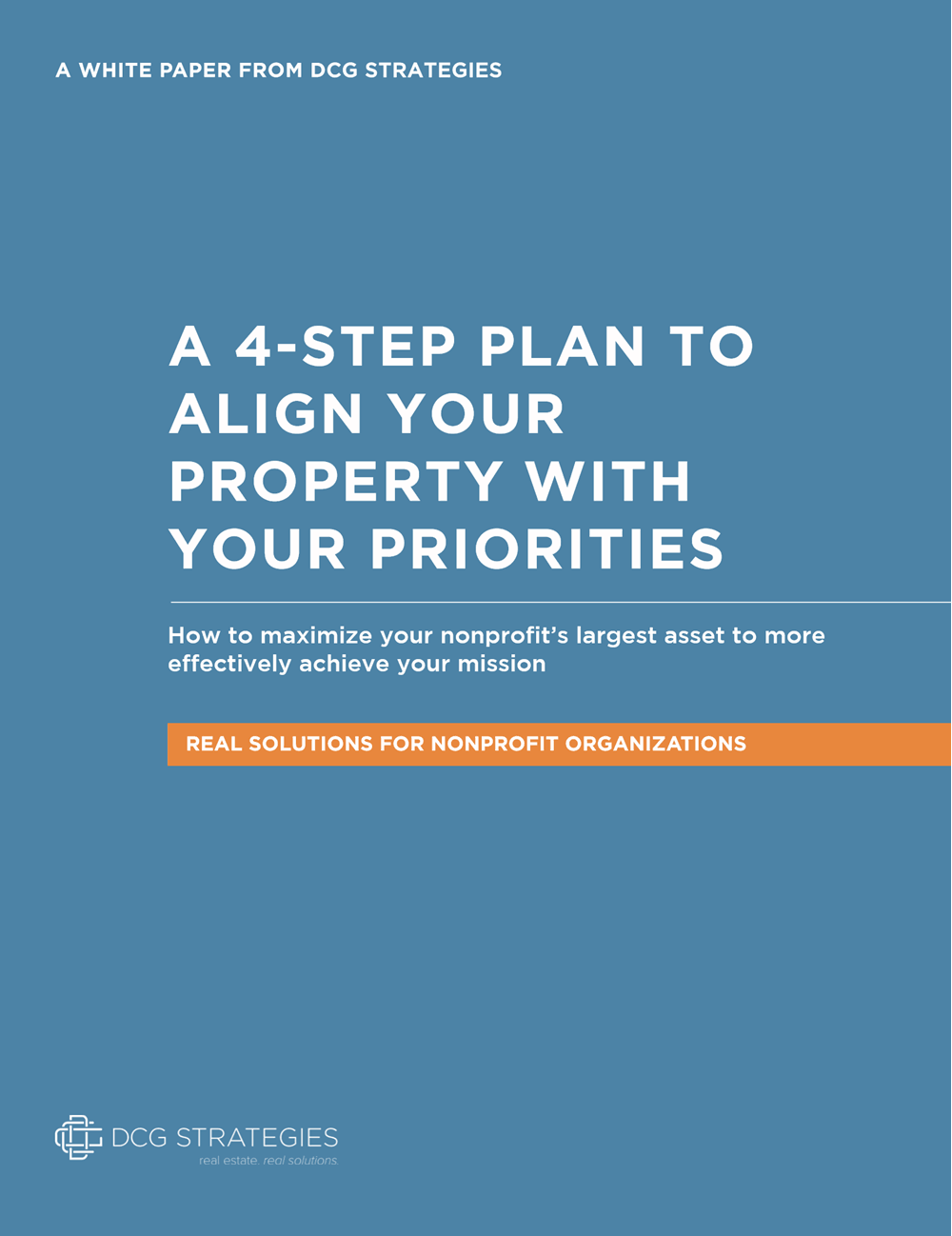The public space is an area to relax and mix with the rest of the community.
Image source: Wikimedia Commons
Walking around any city center during lunch time on a nice summer day, you’ll see office workers liberated from cubicles and deadlines eating lunch in an open plaza of some kind. They’ll be spread out, lounging in small groups or by themselves, on benches, curbs, the bases of monuments, or even just the concrete ground. The more adventurous among them will be taking advantage of the opportunity to soak up the sun rather than fluorescent lights.
In a way, this is a curious and fairly recent development. Cities used to jealously hoard all available space, save for a few notable parks (Golden Gate, Central, Grant). Wide-open spaces were considered too valuable to be open to the public, where anyone could just hang out. But in the 60s and 70s, there was the realization that public spaces were important for the life of a city, and most big government buildings began to incorporate them as part of their footprint. In this age of shrinking budgets and security concerns, those spaces have also begun to shrink. However, it is important to protect public spaces and here are a few ways to do so.
The role of public spaces for public buildings
A public space or civic space is literally just that: a place where anyone can congregate. The idea of a “No Trespassing- Private Property” sign seems anathema. Spaces like these are where a city can hold a concert from the best public school choirs if they want, or set up a Christmas Marketplace. People can go there to protest and give speeches; they can pass out fliers and rally around a common goal. Families can set up picnics and watch the world go by. Such spaces are a vital part of a city’s public life.
A good civic space will have several things in common:
- Accessibility. It makes no sense to have a public space somewhere that no one can easily reach. Are there sidewalks and buses? Is it handicapped accessible? Remember, this space should be accessible to all the public.
- Comfort. You don’t need a public space to be littered with benches, but a completely flat concrete area is not very inviting. There should be places for people to sit, lean or lounge. Your space should be a destination for people weary from walking around. “I know there’s a place to sit on the next block!” It should encourage people to use it, and if you can incorporate grass, all the better.
- Space to do things. This seems the most obvious, but while “World’s Smallest Park” could be a good joke, you owe it to your citizens to provide civic spaces large enough to host events where people won’t feel too crowded if they just want to sit down. It is easy to feel that public space is the first thing that has to go when the city begins to budget. However, there are other options.
Maximizing city real estate by public-private cooperation
We know that money is tight and that in the age of terrorism, having a wide-open space next to a government building doesn’t always seem safe. These are both valid concerns and while governments are selling off property and looking for new and cheaper spaces, there is a way to preserve budgets while helping to keep civic spaces alive.
The city of Seattle offers incentives for private developers to work with the government when building. In exchange for tax breaks and other incentives, private developers agree to incorporate public features, such as low-income housing or public restrooms. This also includes civic space.
When looking for new spaces for government offices, consider entering into a partnership with a private builder looking for space. The builder can make public space in private areas, opening it up to the people and serving the same role as an erstwhile government building. Obviously, this isn’t a trade; there needs to be legislation that approves this, but cities that are wondering how they can fulfill their obligations while maintaining budgets should look into such arrangements.
Another option is to have private companies sponsor and then maintain civic spaces. It’s good PR for them and it helps with the city budget. The trick is that they have to agree to keep it open and free. If it is sponsored by Soda Brand X, they can’t kick people out for drinking Y Cola.
There are options available to the smart government building planner. Tightening the belt on the budget doesn’t mean squeezing the life out of a city. It’s an investment. It makes a city nicer. It makes people want to live there. It is one of the main reasons the government exists. Careful real estate planning can help keep civic spaces open to all.
If you want to maintain civic spaces while still operating under a tight real estate budget, you don’t have to do it alone. You can get a thorough analysis of the market with all the available options from a consultant whose community values align with your own. Contact DCG Real Estate today to learn more.





